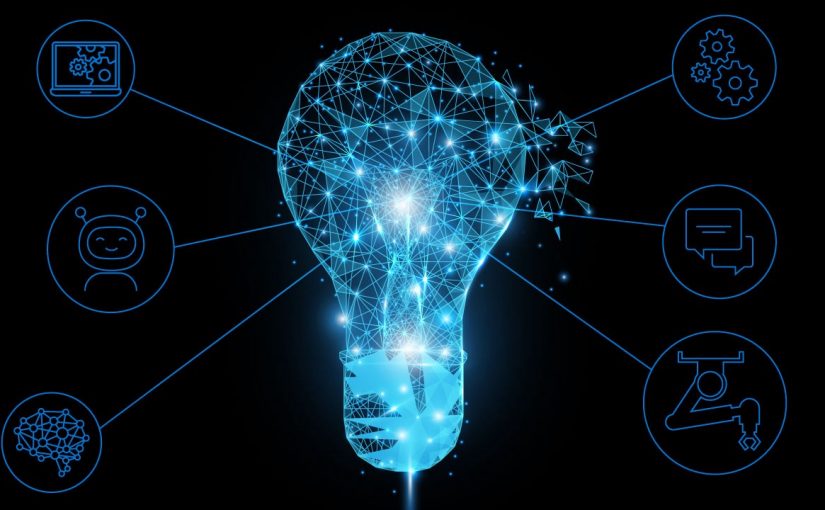Marketing automation is the use of software to automate marketing processes, such as customer segmentation, lead generation, and campaign management.
The evolution of marketing automation has been marked by advancements in both the possibilities with technology and a shift in consumer behavior.
The early 2000s saw the emergence of basic marketing automation software, which focused mainly on email marketing. This was followed by an expansion of capabilities to include lead generation and scoring, landing pages, and form builders.
In the late 2000s and early 2010s, the rise of social media and the growth of mobile devices created a need for marketing automation solutions that could integrate with these channels. This resulted in the development of multi-channel marketing automation platforms that could manage campaigns across multiple channels, including email, social media, and mobile.
The widespread adoption of big data and the Internet of Things (IoT) in the late 2010s saw a focus on personalization and predictive analytics in marketing automation which in turn resulted in the development of sophisticated algorithms that could analyze vast amounts of data to create highly targeted and personalized campaigns.
Today, marketing automation has evolved into an essential part of a comprehensive marketing strategy, with an emphasis on omnichannel marketing and customer journey mapping. The latest marketing automation platforms integrate with artificial intelligence (AI) and machine learning (ML) technologies to provide advanced personalization and predictive analytics capabilities.
Marketing automation has also become more accessible and user-friendly, with a growing number of companies offering cloud-based solutions that can be easily integrated into existing marketing stacks. This has made it easier for small and medium-sized businesses to leverage the power of marketing automation and compete with larger organizations.
Overall, the evolution of marketing automation has been driven by the need to keep pace with the rapidly changing marketing landscape and the ever-increasing expectations of consumers. As technology continues to advance, it is likely that marketing automation will continue to evolve and play an increasingly important role in the success of modern businesses.
Customer MDM (Master Data Management) like Pretectum’s CMDM and Marketing Automation solutions like HubSpot, Marketo, Pardot, Eloqua, and Mailchimp are two distinct but related classes of technologies.
CMDM refers to the process of creating, maintaining, and governing a centralized repository of critical data about customers. The goal of CMDM is to ensure that data is consistent, accurate, and up-to-date across an organization’s systems and applications.
Marketing Automation on the flip side is all about the marketing processes, such as customer segmentation, lead generation, and campaign management. Marketing automation platforms typically use data from CMDM solutions as well as other sources, such as CRM and analytics systems, to drive personalized and automated marketing campaigns.
The integration of CMDM and marketing automation can provide a number of benefits, including:
Improved data quality: By integrating data from the CMDM solution, marketing automation platforms can ensure that they are using accurate and consistent data to drive campaigns.
Better personalization: With a centralized repository of customer data, marketing automation platforms can use data from multiple sources to create highly personalized and targeted campaigns.
Increased efficiency: By automating marketing processes, organizations can streamline their marketing efforts and focus on higher-value activities, such as strategy and creativity.
Overall, the integration of CMDM and marketing automation can help organizations drive more effective and efficient marketing campaigns by ensuring that they are using accurate, consistent, and up-to-date data.
